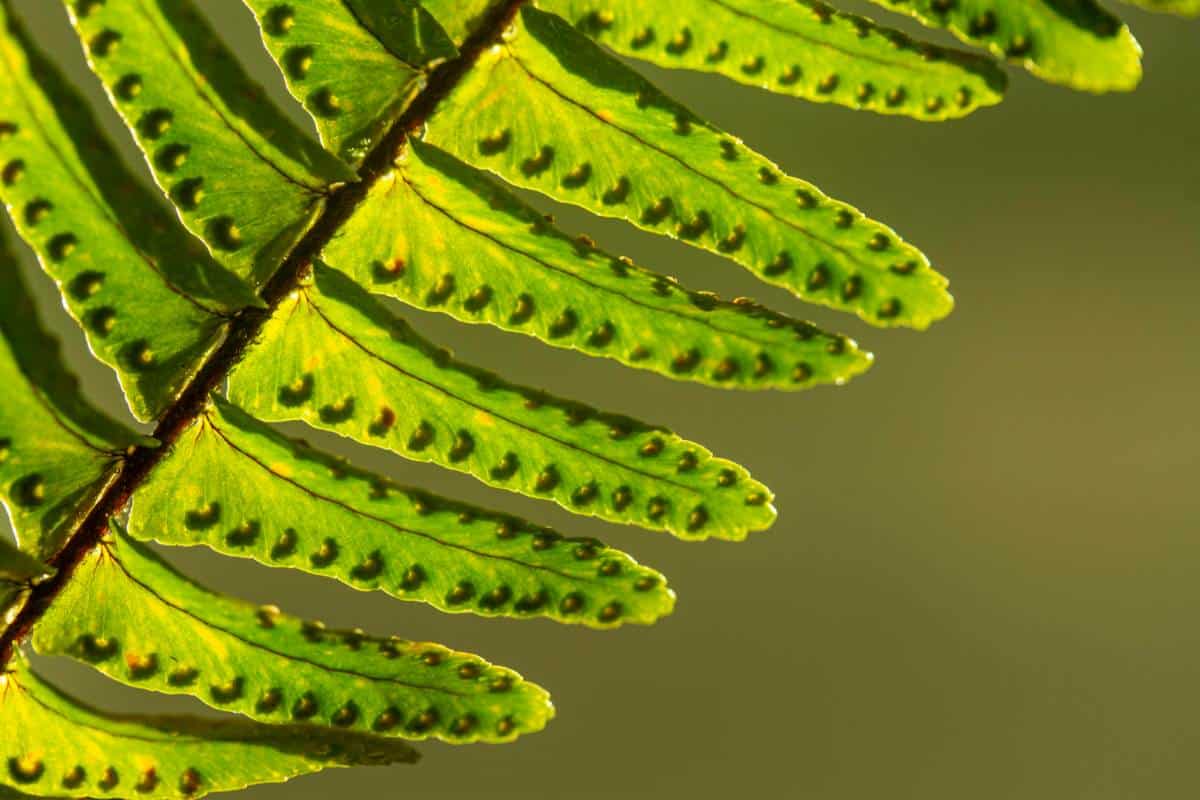Best Horror Movies to Watch on Netflix
SHOP SMOKING
OUR ONLINE SHOP HAS ARRIVED
DISCOVER OUR SWEATSHIRTS, T-SHIRTS WITH EXCLUSIVE DESIGNS AND MUCH MORE
SHOP SMOKING
OUR ONLINE SHOP HAS ARRIVED
DISCOVER OUR SWEATSHIRTS, T-SHIRTS WITH EXCLUSIVE DESIGNS AND MUCH MORE

Photoperiodicity is the set of processes through which plants regulate their biological functions based on their exposure to hours of light and hours of darkness.
It is an action that takes place throughout the year and allows the plant to “assess” whether it is in a growth state or needs to pause it. For example, many plants stop growing in winter because they detect through their photoperiodicity that the hours of light are much fewer than in other seasons.
Photoperiod is a crucial factor for any plant. It influences the growth of leaves, their direction, germination, and even flowering.
Each plant can take up more or fewer hours of sunlight for its growth. Sometimes, when nights are long, plants can detect that they won’t receive sufficient sunlight exposure and postpone their growth until a more favorable time.
Photoperiodicity is so important that crop managers, especially in indoor cultivation, strive to modify solar exposure to accelerate the growth of specific plants or provide them with the most suitable rhythm to maximize benefits.
Furthermore, we observe different types of behavior regarding a light source. When a plant responds with growth toward the light, it is called positive phototropism, as seen in the stems of plants.
On the opposite end, we have negative phototropism, which is growth that occurs in the opposite direction of light, such as the roots of plants.
If you are looking forward to make the most of your marijuana accessories with a high-quality cultivation, then you need to give photoperiodicity the importance it deserves, based on the type of plant you are wanting to grow.
Within the same species, we can find countless varieties of plants, each with a different optimal photoperiod.
In any case, we can also classify plants according to the type of photoperiodicity they exhibit:
– Short-day plants: These are plants that primarily flower when there is less light exposure, due to their ability to accelerate their metabolism.
– Long-day plants: They require longer exposure for a proper growth. Therefore, it is important to ensure they receive an adequate number of hours of sun exposure per day.
– Day-neutral plants: These plants do not actively respond to the photoperiod but their grown relies on organism regulation developed by autonomous mechanism.
In an outdoor cultivation setting, it is possible, although more challenging, to manipulate the sunlight exposure of plants. On the other hand, in an indoor cultivation, you have all the necessary accessories at your disposal to precisely control the duration and periodicity of light received by the plants.
Take the time to learn about each type of plant, their photoperiodicity options, and you will be able to optimize their growth to the maximum in record time.
